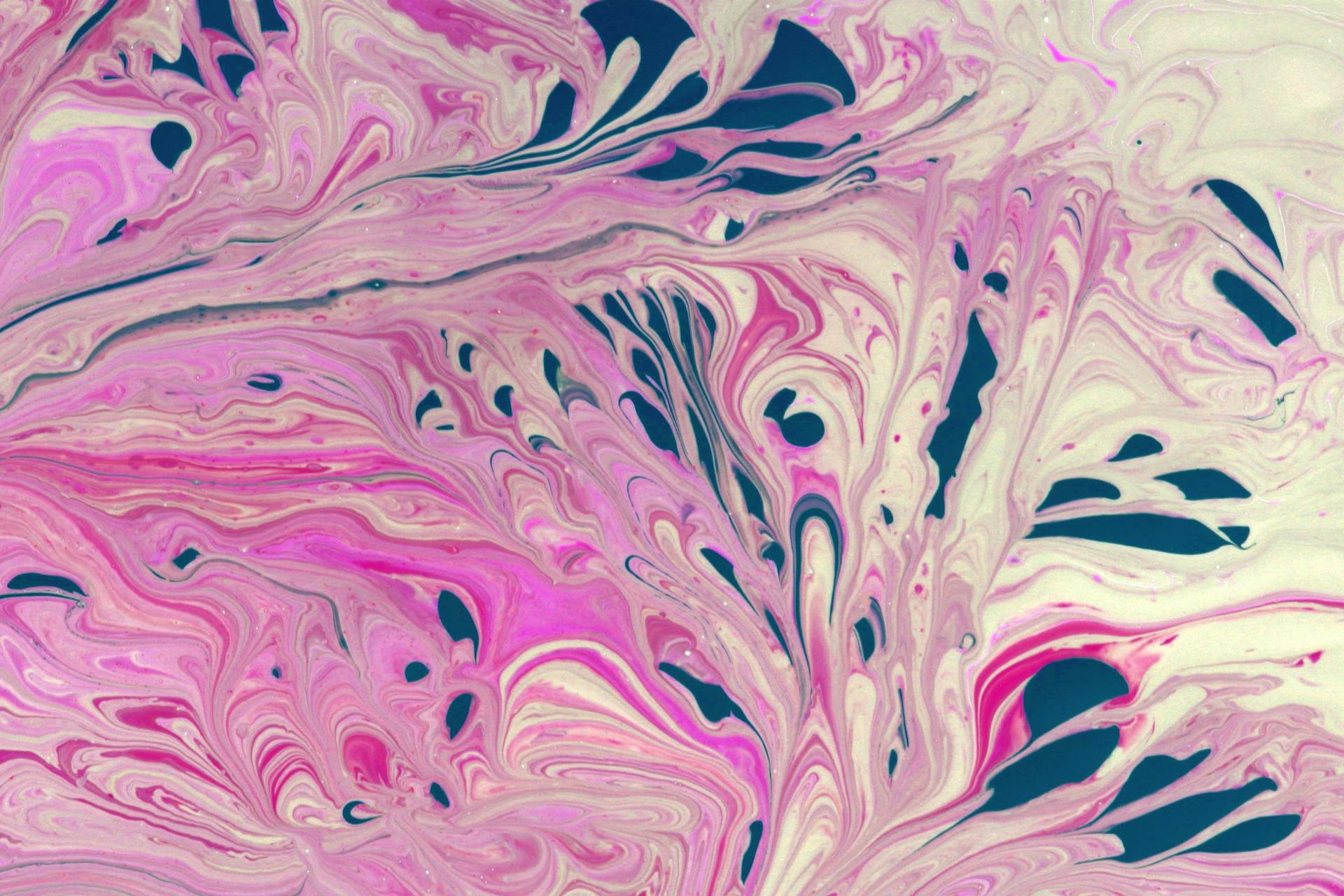Data visualization is the process of representing information and data graphically through charts, graphs, maps, and other visual elements. In today’s data-driven world, the ability to effectively visualize complex data sets has become an essential skill across industries. Whether you’re a business analyst, scientist, marketer, or manager, learning how to create clear and impactful data visualizations can help you communicate insights more effectively and drive better decision-making.
This article will explore best practices for data visualization, covering key principles, common techniques, and practical tips to help you create visualizations that engage your audience and convey information with clarity and impact. We’ll look at why data visualization matters, when to use it, fundamental principles to follow, and specific techniques to master. By the end, you’ll have a solid foundation in data visualization best practices to apply to your own work.
Why Use Data Visualization?
The amount of data being generated and collected is growing exponentially. According to IBM, 2.5 quintillion bytes of data are created every day. Researchers estimate that more data crosses the internet every second than was stored in the entire internet just 20 years ago. By 2025, the total amount of data is projected to reach 175 zettabytes.
This deluge of information presents both opportunities and challenges. While there is incredible potential to gain insights from all this data, the sheer volume makes it difficult for the human brain to process and comprehend. This is where data visualization plays a crucial role.
Some key reasons to use data visualization include:
- Simplifying complex information: Visualizations can take large, complex data sets and present them in a format that’s easier to understand at a glance. This allows people to quickly grasp key trends, patterns, and outliers.
- Improving comprehension: Humans are visual creatures – we can process visual information much faster than text or numbers. Well-designed visualizations leverage this to accelerate understanding.
- Revealing hidden insights: Visualizing data often uncovers patterns or relationships that may not be apparent when looking at raw numbers. This can lead to valuable discoveries.
- Facilitating comparisons: Charts and graphs make it easy to compare different data points or sets side-by-side. This enables more effective analysis.
- Enhancing storytelling: Visualizations can be powerful tools for crafting narratives and conveying key messages about data.
- Driving decisions: Clear visuals make it easier for decision-makers to quickly grasp important information and take action.
Across fields like business, science, healthcare, and public policy, data visualization has become an indispensable tool for extracting meaning from data and using it to drive real-world impact. The ability to create effective visualizations is increasingly seen as a core skill for many professionals.
When to Use Data Visualization
While data visualization can be valuable in many scenarios, there are certain situations where it is particularly beneficial:
Large or complex data sets: When dealing with massive amounts of data or intricate, multi-dimensional data sets, visualization is often the only way to make sense of the information. Charts and graphs can reveal patterns that would be impossible to see in rows and columns of numbers.
Identifying trends over time: Time-series data is prime for visualization. Line charts, area charts, and other temporal visualizations make it easy to spot trends, cycles, and anomalies in data over time.
Comparing categories: When you need to compare values across different categories or groups, bar charts, column charts, and similar visualization types are ideal.
Showing relationships: Scatter plots, network diagrams, and other relational charts are great for illustrating connections and correlations between variables.
Analyzing geographic data: Maps and spatial visualizations are essential for understanding data with a geographical component.
Presenting to non-technical audiences: When communicating data to people without a technical or analytical background, visualizations can make the information much more accessible.
Real-time monitoring: Dashboards with live-updating visualizations are valuable for tracking KPIs and metrics in real-time.
Decision support: When important choices need to be made based on data, clear visualizations can help decision-makers quickly grasp the key factors.
The key is to evaluate your specific use case, data set, and audience to determine if and how visualization can add value. In many cases, a thoughtful visualization can illuminate insights that would otherwise remain hidden in the raw data.
Key Principles and Best Practices
To create effective data visualizations, it’s important to follow some fundamental principles and best practices:
Define a Clear Purpose
Before diving into creating charts and graphs, take time to clearly define the purpose of your visualization. Ask yourself:
- What specific question(s) are you trying to answer?
- What key message or insight do you want to convey?
- Who is the intended audience and what do they need to understand?
Having a clear purpose will guide your choices in data selection, chart type, and design elements. It ensures your visualization is focused and impactful rather than cluttered or confusing.
Know Your Audience
Understanding your audience is crucial for creating visualizations that resonate. Consider factors like:
- Their level of familiarity with the subject matter
- Their data literacy and comfort with different chart types
- What decisions or actions they need to take based on the information
Tailor your approach accordingly. A visualization for data scientists can be more complex and technical than one for executives or the general public.
Choose the Right Visual Representation
Selecting the appropriate chart type is one of the most important decisions in data visualization. Common options include:
- Line charts: Best for showing trends over time
- Bar charts: Ideal for comparing values across categories
- Scatter plots: Great for showing relationships between variables
- Pie charts: Useful for showing parts of a whole (but use sparingly)
- Heat maps: Effective for showing patterns across multiple variables
Consider the nature of your data and your key message when choosing. Don’t be afraid to experiment with different options to see what works best.
Maintain Organization and Hierarchy
A cluttered or disorganized visualization will confuse rather than clarify. Follow these tips:
- Use a clear visual hierarchy to guide the viewer’s eye
- Group related information together
- Use white space effectively to separate elements
- Limit the number of variables shown (aim for no more than 3-5 in most cases)
- Consider using small multiples for complex data sets
Ensure Accessibility and Inclusivity
Creating accessible visualizations ensures your insights can be understood by the widest possible audience. Key considerations include:
- Use colorblind-friendly palettes
- Ensure sufficient color contrast
- Use patterns or textures in addition to color to convey information
- Provide text alternatives for important visual elements
- Use clear, legible fonts and font sizes
Avoid Distorting or Misrepresenting Data
Maintaining the integrity of your data is paramount. Be careful to avoid common pitfalls like:
- Using misleading scales or axes
- Cherry-picking data to support a predetermined conclusion
- Using 3D effects that distort proportions
- Comparing incomparable things
Always strive for accuracy and honesty in your visualizations, even if it means the story isn’t as exciting as you’d hoped.
Examples of Good and Bad Data Visualizations
To illustrate these principles in action, let’s look at some examples of effective and ineffective data visualizations:
Good Example: Clear Bar Chart
[Insert image of a well-designed bar chart with clear labels, appropriate color use, and a focused message]
This bar chart effectively compares values across categories. It uses a clear visual hierarchy, limited color palette, and descriptive labels to convey information quickly and accurately.
Bad Example: Cluttered Pie Chart
[Insert image of an overly complex pie chart with too many slices, 3D effects, and hard-to-read labels]
This pie chart violates several best practices. It has too many categories, making it hard to compare slices. The 3D effect distorts the proportions, and the labels are difficult to read.
Good Example: Informative Heat Map
[Insert image of a well-designed heat map showing patterns clearly]
This heat map effectively uses color to show patterns across multiple variables. The color scale is intuitive, and the layout makes it easy to spot trends and anomalies.
Bad Example: Misleading Area Chart
[Insert image of an area chart with a manipulated y-axis that exaggerates differences]
This area chart manipulates the y-axis to start at a non-zero point, exaggerating the differences between values. This can mislead viewers about the true magnitude of changes.
By studying both good and bad examples, you can develop a better eye for effective data visualization and avoid common pitfalls in your own work.
The Art of Storytelling with Data
While technical skills are important, truly impactful data visualization is as much an art as it is a science. The best visualizations don’t just present data – they tell a compelling story. Here are some tips for crafting narratives with your visualizations:
- Start with a hook: Use an attention-grabbing insight or question to draw viewers in.
- Provide context: Help your audience understand why the data matters.
- Guide the viewer’s focus: Use visual cues to direct attention to the most important elements.
- Build progressively: Reveal information in a logical sequence to build understanding.
- Use annotations wisely: Highlight key points with callouts or explanatory text.
- Conclude with a clear takeaway: Ensure your main message is unmistakable.
Remember, the goal is not just to show data, but to use that data to communicate insights that drive action or change perspectives.
Frequently Asked Questions (FAQ)
What are some common tools and software for data visualization?
Popular options include:
- Microsoft Excel (for basic charts and graphs)
- Tableau (powerful and user-friendly)
- Python libraries like Matplotlib and Seaborn
- R with ggplot2
- D3.js (for web-based, interactive visualizations)
The best choice depends on your specific needs, data, and technical skills.
How can I improve my data visualization skills?
- Practice regularly with real-world datasets
- Study visualizations you find effective and analyze why they work
- Get feedback from others on your work
- Take online courses or workshops on data visualization
- Join data visualization communities and forums
- Stay updated on the latest trends and techniques
What are some common pitfalls to avoid in data visualization?
- Choosing the wrong chart type for your data
- Overcomplicating visualizations with unnecessary elements
- Using misleading scales or comparisons
- Neglecting to provide proper context or labels
- Ignoring color blindness and accessibility concerns
- Prioritizing aesthetics over clarity and accuracy
How do I ensure my visualizations are accessible?
- Use colorblind-friendly palettes (avoid red-green combinations)
- Ensure sufficient color contrast
- Provide alternative text descriptions for important visuals
- Use patterns or textures in addition to color to convey information
- Choose clear, legible fonts and adequate font sizes
- Test your visualizations with accessibility tools and real users
By keeping these best practices in mind and continually refining your skills, you can create data visualizations that effectively communicate insights and drive meaningful action. Remember that data visualization is both an art and a science – don’t be afraid to experiment, iterate, and find your own style while adhering to core principles of clarity and accuracy.


